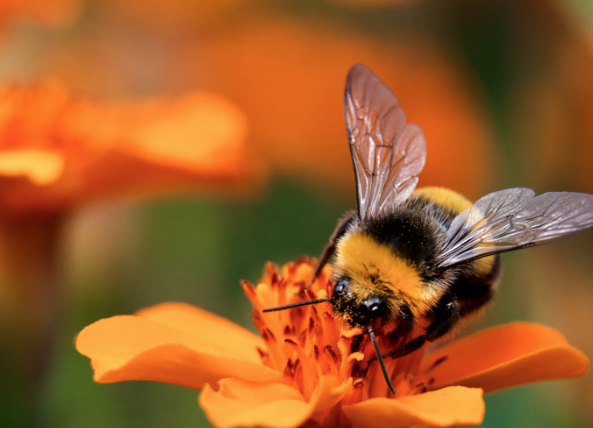Pesticides, also known as agrochemicals, are chemicals used to control pests and diseases in crops and protect them from damage. They play a crucial role in modern agriculture by increasing food yield and quality and preventing disease spread. However, they also come with environmental and health risks.

Pesticides can be classified into different categories based on their target pests, such as insecticides for insects, herbicides for weeds, fungicides for fungi, and rodenticides for rodents. Each type of pesticide has its specific mode of action and can be used to address particular issues in crop production. For example, insecticides like neonicotinoids are commonly used to control pests such as aphids and whiteflies. Herbicides like glyphosate are used to control weeds, while fungicides like azoxystrobin are used to control fungal diseases in crops[1-3].
The primary purpose of pesticides is to protect crops from pests and diseases, which can otherwise reduce crop yields and quality. By controlling pests and diseases, pesticides help farmers produce more food and feed an ever-growing global population.
However, the use of pesticides also poses significant environmental risks. When pesticides are used in large quantities, they can contaminate soil, water, and air, leading to long-term environmental damage. Pesticide residues in water bodies can harm aquatic life, and the accumulation of pesticides in soil can affect soil health and reduce fertility.
Moreover, pesticides can also have acute and chronic effects on human health. Workers handling pesticides are at risk of acute poisoning, while consumers may be exposed to pesticide residues through food. Chronic exposure to pesticides has been linked to various health issues, including cancer, reproductive disorders, and neurological problems[4].
Furthermore, some pesticides have been found to have adverse effects on non-target organisms, such as bees, birds, and other beneficial insects. The use of neonicotinoids, for example, has been heavily implicated in the decline of bee populations, which has grave implications for pollination and ecosystem health[5].
In conclusion, while pesticides are essential for modern agriculture, their use comes with significant environmental and health risks. Efforts should be made to minimize the use of pesticides through integrated pest management practices and the development of alternative pest control methods. Additionally, regulations should be established to ensure the safe and appropriate use of pesticides to protect human health and the environment.
[1] Stephane Jeanmart . “Synthetic approaches to the 2015–2018 new agrochemicals.” Bioorganic & Medicinal Chemistry 39 (2021): Article 116162.
[2] Hamamoto, Isami et al. “Discovery of a novel acaricide, acynonapyr.” Journal of Pesticide Science 33 1 (2023): 0.
[3] Jactel, H. et al. “Data for: Alternatives to neonicotinoids.” 2019. 0.
[4] Fahrenkamp-Uppenbrink, J. “Wildflower contamination with neonicotinoids.” Science 18 1 (2018): 167–168.
[5] Green, Jerry M. “The rise and future of glyphosate and glyphosate-resistant crops.” Pest Management Science 74 5 (2016): 1035–1039.
